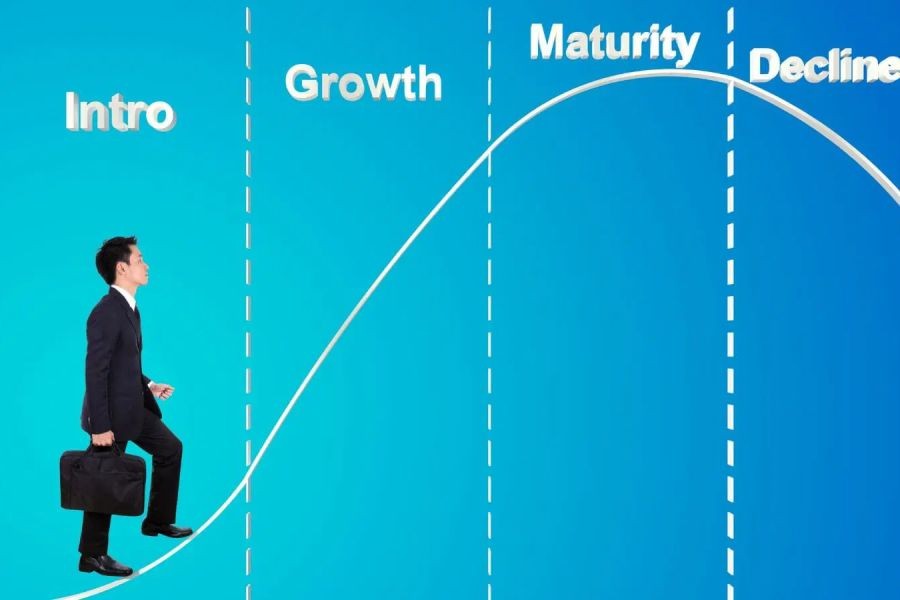As the Australian government unveils changes to the Help to Buy housing scheme, a transformative opportunity emerges for first home buyers. This initiative, driven by the Labor government, aims to make homeownership more accessible to a broader demographic. In the context of Australia's dynamic housing market and evolving economic landscape, this policy shift holds significant implications for aspiring homeowners and the broader economy.
Understanding the Changes in the Help to Buy Scheme
The revised Help to Buy housing scheme is designed to reduce the barrier to entry for first-time home buyers by allowing them to purchase homes with deposits as low as 2%. Under this scheme, the government will provide an equity contribution of up to 40% for new homes and 30% for existing homes. This initiative is a strategic move to address housing affordability, a pressing issue in Australia's urban centers.
The Economic Context
Australia's housing market has witnessed unprecedented growth, with property prices in major cities like Sydney and Melbourne increasing by over 20% in the past five years (Source: CoreLogic). This surge has outpaced wage growth, making it increasingly difficult for many to enter the property market. The Reserve Bank of Australia (RBA) has noted that housing affordability is a critical concern that requires innovative policy interventions.
Impact on the Mining and Resources Sector
For the mining and resources sector, which forms a backbone of Australia's economy, the implications of the housing scheme are twofold. Firstly, improved housing affordability can attract and retain a skilled workforce, essential for the sector's growth. Secondly, increased homeownership can stimulate economic activity, benefiting local businesses and contributing to a stable economic environment conducive to resource development.
Case Study: The United Kingdom’s Shared Ownership Model
The United Kingdom's Shared Ownership model offers a useful parallel. This scheme allows buyers to purchase a share of a home and pay rent on the remaining portion. The model has successfully enabled thousands to climb the property ladder, particularly in high-cost areas. By adapting elements of this model, Australia's Help to Buy scheme can similarly empower prospective homeowners.
How It Works: A Deep Dive
The Help to Buy scheme operates by leveraging government equity contributions to reduce the upfront financial burden on buyers. This approach not only lowers the initial deposit requirement but also reduces mortgage costs, making monthly payments more manageable. By allowing buyers to purchase a stake in their property, the scheme encourages gradual ownership while offering flexibility to increase ownership over time.
Financial Implications: A Data-Driven Perspective
According to the Australian Bureau of Statistics (ABS), homeownership remains a key aspiration for Australians, yet financial barriers persist. The Help to Buy scheme addresses this by offering substantial savings on initial deposits, which can significantly enhance affordability. For instance, a 2% deposit on a $500,000 home reduces upfront costs by $20,000 compared to a traditional 10% deposit requirement.
Pros vs. Cons Analysis
Pros:
- Increased Accessibility: More Australians can access homeownership due to lower deposit requirements.
- Economic Stimulus: Boosting homeownership rates can drive economic growth and job creation.
- Flexibility: Buyers can gradually increase their ownership stake, tailoring their financial commitments.
Cons:
- Market Risks: Housing market fluctuations could impact the value of government equity stakes.
- Long-term Costs: Buyers may face higher total costs over time due to ongoing equity repayments.
- Limited Availability: The scheme's reach may be restricted by funding caps and eligibility criteria.
Real-World Implications for Australian Businesses
For businesses, particularly in the mining and resources sector, the Help to Buy scheme can facilitate workforce stability by making it easier for employees to settle in resource-rich regions. This stability is crucial for maintaining productivity and attracting talent in competitive industries.
Contrasting Viewpoints
While some experts praise the scheme for addressing affordability, others caution about potential market distortions. Critics argue that increased demand could further inflate property prices, counteracting affordability gains. However, supporters contend that the scheme's structured approach mitigates such risks by focusing on sustainable homeownership.
Common Myths & Mistakes
Myth 1: The Scheme is a Free Government Handout
Reality: The Help to Buy scheme involves shared equity, meaning buyers are responsible for repaying the government's contribution over time.
Myth 2: Only Low-Income Earners Benefit
Reality: The scheme targets a broad range of incomes, making it accessible to many first-time buyers.
Myth 3: Rapid Home Price Growth Makes This Scheme Redundant
Reality: With structured equity contributions, the scheme is designed to stabilize entry costs despite market fluctuations.
Future Trends & Predictions
Looking ahead, the Help to Buy scheme is poised to reshape Australia's housing landscape. As the government refines its approach, we can expect enhancements in scheme accessibility and potential expansions to include regional areas. McKinsey's 2024 report predicts that such policies will lead to a 15% increase in first-home buyer activity by 2027, contributing to a more balanced housing market.
Conclusion
As the Help to Buy scheme evolves, it represents a pivotal shift towards more inclusive homeownership in Australia. By addressing affordability challenges, the initiative not only empowers individuals but also strengthens the economic fabric of the nation. For businesses and policymakers, embracing this change is essential to fostering sustainable growth and prosperity.
What's your take on the Help to Buy scheme? Share your insights below!
People Also Ask (FAQ)
- How does the Help to Buy scheme impact first-time buyers in Australia? The scheme reduces deposit requirements to as low as 2%, making homeownership more accessible to first-time buyers, according to Treasury AU.
- What are the biggest misconceptions about the Help to Buy scheme? One common myth is that the scheme is a free handout, but it involves a repayable government equity contribution.
- What are the best strategies for leveraging the Help to Buy scheme? Experts recommend starting with a financial assessment, collaborating with a knowledgeable mortgage broker, and understanding the long-term repayment obligations.
Related Search Queries
- Help to Buy scheme Australia 2024
- First home buyer grants Australia
- Housing affordability in Australia
- Shared ownership Australia
- Government housing schemes Australia
- Impact of Help to Buy on property prices
- Tips for first home buyers in Australia
- Changes to Australian housing policies
- Equity contributions in home buying
- Future of Australian real estate market




























RafaelFaul
6 months ago